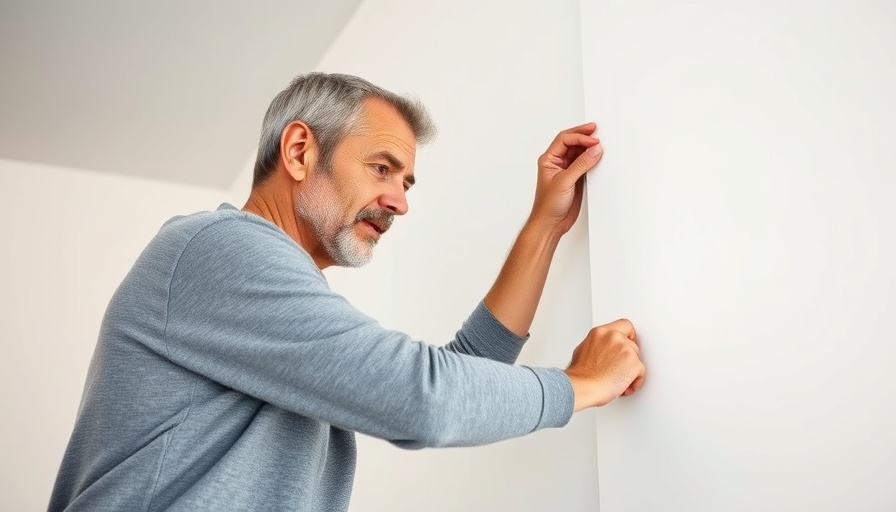
The Essential Guide to DIY Drywall Installation in Your Home
If you're considering a home improvement project, learning how to install drywall might just be the essential skill you need. Whether it’s part of your basement remodel or a simple touch-up in the living room, drywall installation is a manageable yet crucial task that can help enhance your living space. Understanding the process can not only save you money but also empower you to tackle future remodeling projects with confidence.
In 'How to Install Drywall', the discussion dives into the step-by-step process of drywall installation, exploring key insights that sparked deeper analysis on our end.
Why Drywall Matters in Home Remodeling
Drywall is often an overlooked element in home renovations, but it plays a pivotal role in both functionality and aesthetics. By creating a smooth and safe surface, drywall contributes to the overall safety and quality of your walls and ceilings. When embarking on a home renovation, choosing the right type of drywall is crucial. For moisture-prone areas like bathrooms and basements, consider using mold-resistant drywall for added durability. This simple choice can help you avoid expensive repairs down the line and ensure a clean look for your remodeling work.
Choosing the Right Drywall for Your Project
It’s important to select the appropriate size and type of drywall depending on where you’re installing it. Heavy-duty 5/8 inch drywall is typically recommended for ceilings, whereas 1/2 inch drywall is a versatile choice for walls. If you’re remodeling a space with existing walls, using thinner panels can ease the installation process. Furthermore, drywall comes in various lengths. For larger areas, 12-foot panels minimize seams but are harder to handle, while 8-foot lengths are more manageable for most DIYers. Consequently, weigh the pros and cons of each option based on your project needs.
Techniques for Successful Installation
Once you have selected the right drywall, the next step involves proper installation techniques. Begin by marking the locations of electrical wiring and plumbing lines to avoid mishaps. Taping and finishing the seams is where your patience will be tested, but it’s essential for achieving a professional finish. Practicing on a few scraps can help you perfect the technique before diving into your main project.
Tips for a Smooth Finishing Coat
A proper finishing coat can make or break your drywall project. To achieve a seamless look, ensure that you are feathering out the layers of joint compound. This process allows for a smoother transition between the drywall panels and can save you a lot of sanding later on. Begin with a filling coat over the seams and progress to wider coats before the final finishing coat.
Finishing Touches and Adding Value
Once your drywall installation is complete, always remember to apply a special drywall primer before moving forward with painting. Not only does this give your paint a uniform appearance, but it also helps to seal the drywall underneath, offering added protection against moisture and wear. The value of a well-finished drywall can significantly enhance your home’s appeal in any remodeling ideas you choose to explore.
Maintaining a DIY Approach: Building Confidence Along the Way
Learning to install drywall may feel intimidating, but by breaking down the process into manageable steps, you can gain the confidence needed to tackle larger projects. With the right tools and techniques, what starts as a reluctant project may become a gratifying DIY experience that enhances your living space.
Perhaps you’ve recently completed a remodeling project that involved drywall or are contemplating starting one. No matter where you’re at, cultivating your DIY skills can lead to beautiful transitions in your home and even inspire others to embark on their renovation adventures.
For those looking to take the plunge into home improvement, consider checking out your local home improvement stores for workshops or further online tutorials. Remember, the more you practice, the better you’ll become!
 Add Row
Add Row  Add
Add 




Write A Comment